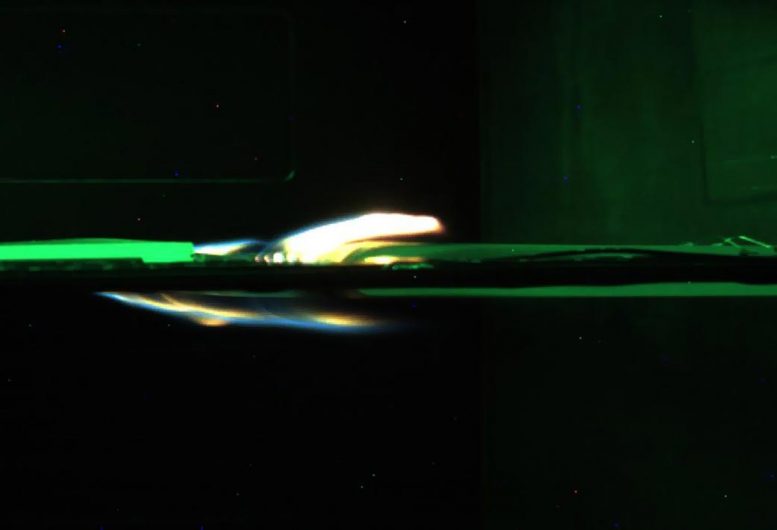
This edge view of Saffire’s flame shows it developing over a one-centimeter thick sample of a plexiglass type material found on spacecraft. The blue color is typical of microgravity flames and moves from left to right at 20 cm per second. Credit: NASA
NASA has been conducting a series of space fire experiments called Spacecraft Fire Safety (Saffire) Experiments that investigate how fires grow and spread in space, especially aboard future spacecraft bound for Moon and Mars. Recently, another set of experiments were conducted when Saffire IV lit longer and stronger flames inside Northrop Grumman’s Cygnus Cargo spacecraft.
Just as in Saffire I, II, and III, the experiments were ignited in a Cygnus cargo vehicle after it had completed its primary International Space Station supply mission, departed the station, and before its planned destructive reentry to Earth.
Understanding how fire behaves in microgravity, and how different materials propagate flames in space is immensely important for the development of future crew spacecraft. It also helps inform operational protocols for dealing with fire emergencies, particularly when astronauts do not have the ability to exit a spacecraft or quickly return to Earth.
Several USRA scientists along with their NASA collaborators contributed to the success of this experiment. Dr. Carol Kory, USRA Director of the Glenn Engineering and Research Support (GEARS) program, at Glenn Research Center in Cleveland, Ohio, observed, “The contributions of these outstanding scientists are commendable. The success of this program is largely due to the efforts of USRA’s Jay Owens, Paul Ferkul, Rosa Padilla, Dan Gotti, Gordon Berger, and Claire Fortenberry along with John Easton from Case Western Reserve University.”
Unique to Saffire IV was the carbon dioxide scrubber and smoke eater that were used to remove particulate and carbon monoxide after two material burns. The combustion gases monitor instrument and the smoke eater filter are prototypes of what will be used on the Orion spacecraft.
The Saffire IV mission had more diagnostic equipment to see how effectively it can detect fires, measure combustion products, and evaluate future fire response and cleanup technologies. The experiment burned a sample of SIBAL cloth, which is a composite made up of 75% cotton and 25% fiberglass.
Two additional Saffire experiments are scheduled for this October and March of 2021, as NASA continues to develop safer ways to operate future crewed exploration missions.


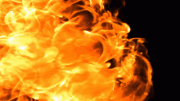
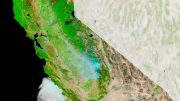
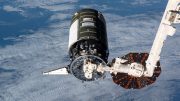
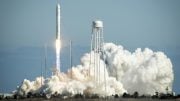
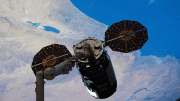
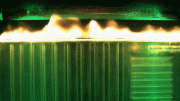
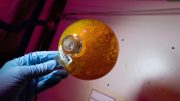
Be the first to comment on "Scientists Set Fire Inside the NASA Cygnus Cargo Spacecraft"